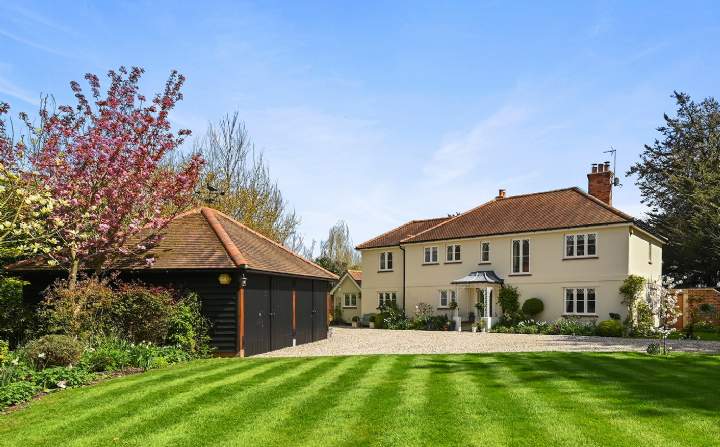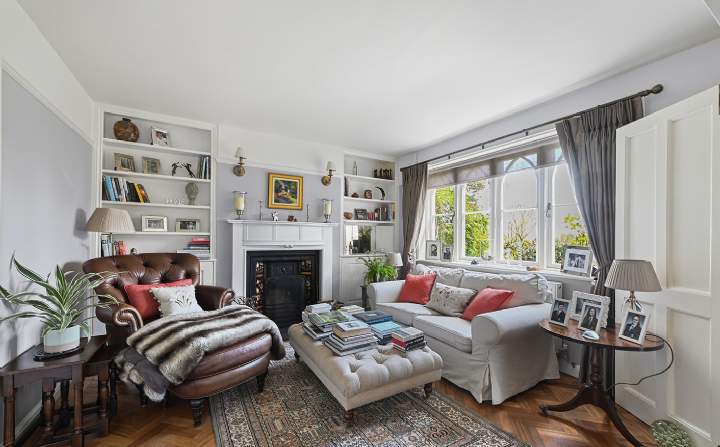Once home to local clergy, former rectories now offer the ideal in family living, helping to explain their perennial appeal.
Prior to the 18th century, many rectories were either run-down or had fallen into a state of near disrepair, with the church struggling to finance their maintenance. However, in the early 1700s the Queen Anne’s Bounty Fund was established to help the poorer parishes repair church dwellings, or in some cases build new ones, which is the reason for the stylistic differences between them.
There is also a clear link between the size and grandeur of the rectories and the increasing importance of the church during the 18th and 19th centuries; a time when the church and clergy held a much more prominent position in society than they do in some cases today.
After World War I, the upkeep of these homes became impractical for the church to manage and by the 1960s most of the larger houses had been sold. Today they still hold an important place in village life, but now as the quintessential family home.
For many the appeal lies in the location. With churches situated in the heart of the community, their associated dwellings were never too far away, providing a perfect village base.
For others it is the generous proportions these houses often offer. Built predominantly in the Georgian and Edwardian eras, they tend to benefit from the spacious living and entertaining space typical of those times.
Undoubtedly former rectories will continue to prove popular with buyers. Here is a selection of some of the most charming currently on the market.
.jpg)
.jpg)
.jpg)
.jpg)
.jpg)
.jpg)
.jpg)
.jpg)
.jpg)
.jpg)
.jpg)

